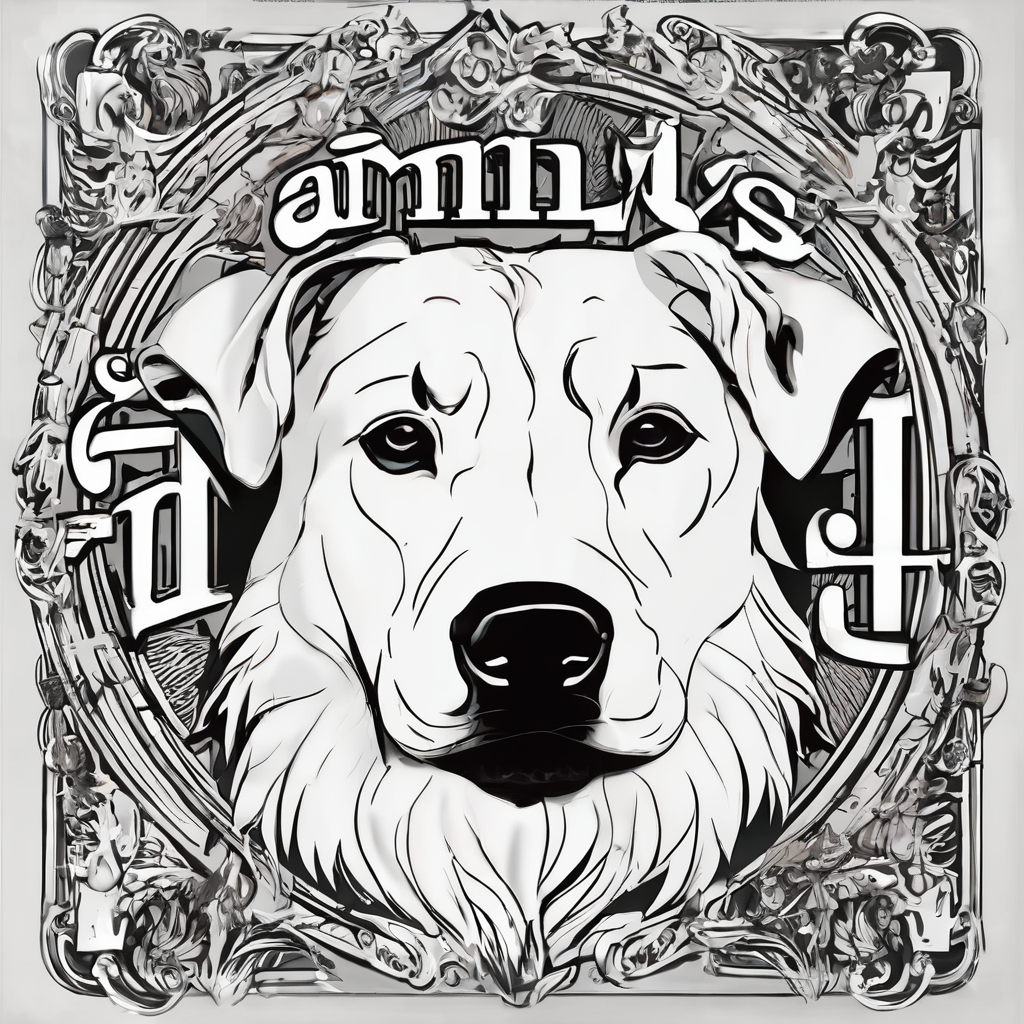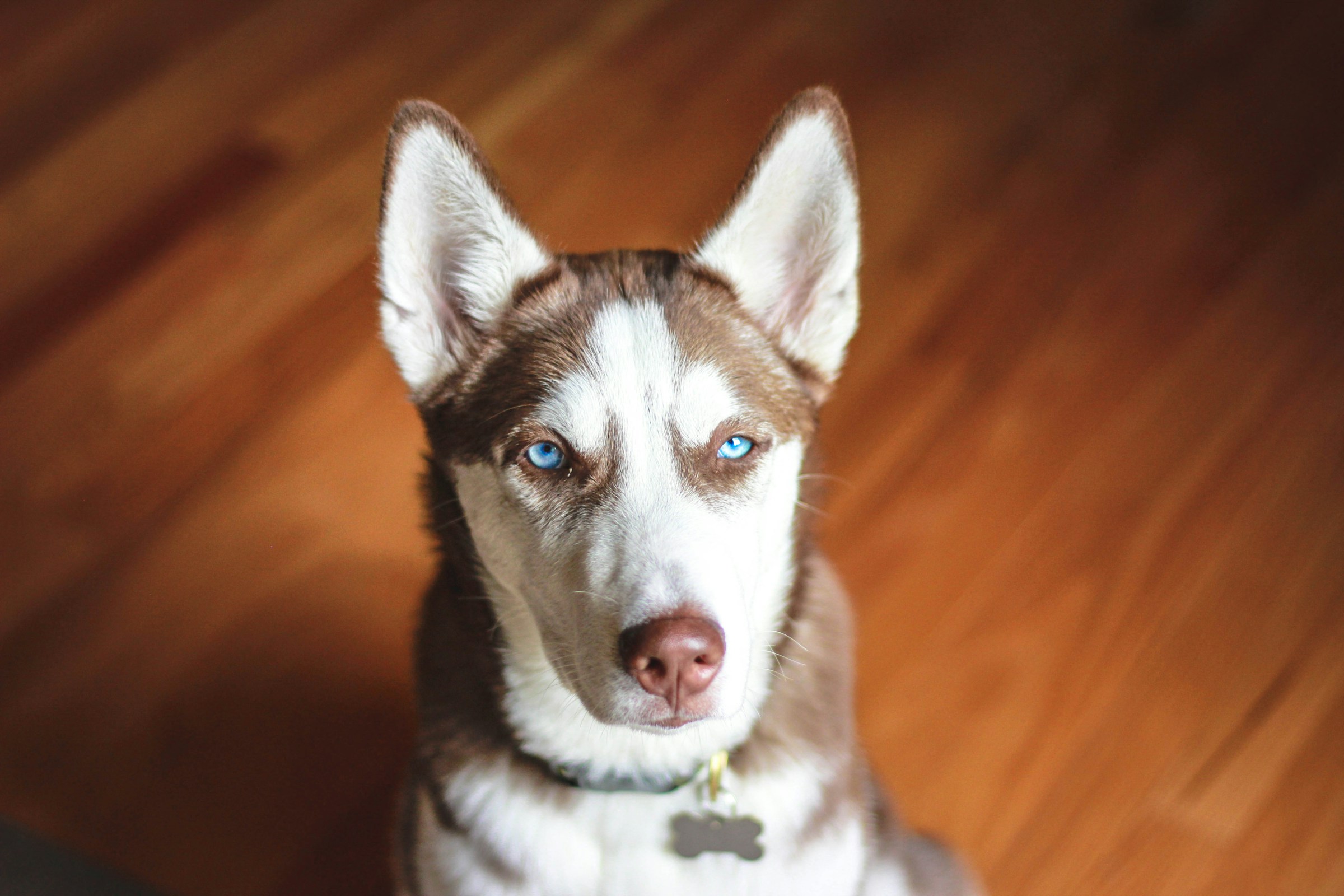If you’re a pet owner of a Siberian husky, you know all too well about their infamous shedding habits. Even though this breed originally hails from the cold regions of Northeast Asia, many huskies now call the warmer climates of the UK their home. While their thick double coat is a boon in colder climates, it can cause excessive shedding in the heat. But fear not, with proper training and care, you can manage your husky’s shedding effectively.
Understanding the Siberian Husky Coat
Before delving into the management of your husky’s shedding, it’s crucial to understand the specifics of their coat. This breed has a double coat, with a dense undercoat and a longer topcoat. The undercoat is like a thermal layer, keeping them warm in the cold, while the topcoat helps protect their skin from the sun and insects.
A découvrir également : How can you ensure the health of a Goldendoodle puppy in a Scottish urban environment?
Siberian huskies shed their undercoat twice a year, in what’s known as ‘blowing the coat’. This is a natural process where the old undercoat is replaced with a new one. However, in warmer climates, this process can be a bit more unpredictable and you might find your husky shedding all year round.
The Siberian husky’s coat is a vital part of its identity. It’s natural and healthy for them to shed. However, when living in a warmer climate like the UK, their shedding can be a lot more than what you’d experience in colder areas. This excessive shedding in the heat can lead to discomfort for the dog, and a lot of dog hair around your home.
Avez-vous vu cela : How can you ensure the health of a Goldendoodle puppy in a Scottish urban environment?
Training Your Husky for Regular Grooming
To keep your dog’s coat healthy and manage the shedding, regular grooming is crucial. This is where the training comes in. You can make grooming a positive experience for your pet from a young age, which will make the process easier and more enjoyable for both of you.
For puppies, start with short grooming sessions, using a brush that’s appropriate for their coat type. Make sure to reward their good behavior with treats and praise. Gradually increase the grooming duration as your puppy becomes more comfortable with the process.
As your husky grows, so will the importance of grooming. Regular brushing will not only remove loose hair but will also help distribute natural oils across their skin, keeping their coat shiny and healthy. This training and routine will help manage the shedding and maintain a clean and comfortable environment for your furry friend.
Selecting the Right Tools for Grooming
Selecting the right grooming tools is an essential component of managing your husky’s shedding. A slicker brush, undercoat rake, or a deshedding tool can be effective in removing loose hair from your husky’s thick double coat.
The slicker brush is great for removing tangles and matting, while the undercoat rake is specifically designed for huskies and similar breeds to remove loose undercoat hair. A deshedding tool, like the Furminator, has a special blade that reaches into the undercoat to remove hair that’s ready to shed.
All these tools need to be used with caution to avoid damaging your pet’s skin or coat. It’s advisable to consult with a professional groomer or a vet to guide you on the best grooming practices and tools suitable for your husky.
Optimizing Your Husky’s Diet for Healthier Coat
Your dog’s diet plays a significant role in the health of their coat. Feeding your Siberian husky a balanced diet rich in Omega-3 and Omega-6 fatty acids can significantly reduce shedding.
Foods that are rich in these essential fatty acids include fish, flaxseed, and canola oil. Some high-quality dog foods are also formulated with these nutrients. A good diet can strengthen hair follicles, reduce inflammation, and promote healthier skin, which will help keep shedding to a minimum.
Remember to consult a vet before making any significant changes to your pet’s diet. They can provide personalized recommendations based on your husky’s age, weight, and overall health.
Create a Comfortable Environment
The environment your husky lives in can also influence their shedding. Huskies are built for cold climates, so the heat can cause them a lot of discomforts and increase shedding. Where possible, provide a cool and comfortable environment for your dog. Indoor dogs should have access to air-conditioned rooms or cool areas of the house, especially during hot months. Outdoor huskies should have a shaded area to retreat to when it’s too hot.
Hydration is key; ensure your husky has access to fresh water at all times. You can also consider using dog-friendly sunscreen to protect their skin if they spend a lot of time outside.
Managing your husky’s shedding can be a significant task, especially in warmer climates. However, by understanding their coat, training them for grooming, selecting the right tools, optimizing their diet, and creating a comfortable environment, it’s certainly manageable.
A Proper Care Routine for Your Siberian Husky
In our journey to manage excessive shedding in Siberian huskies, we must remember that this dog breed is known for its voluminous double coat, designed to withstand harsh cold climates. When these dogs live in warmer UK climates, their bodies respond by shedding more to adjust to the heat. Therefore, establishing a consistent care routine for your Siberian husky is crucial.
To begin with, regular brushing is a must. It keeps their double coat healthy by removing loose hair and spreading the dog’s natural oils across the skin. Brushing also goes a long way in managing shedding, as it collects loose fur before it can be scattered around your home. A regular brushing schedule, such as every other day, is an excellent habit to establish.
Taking care of your husky’s skin is equally important. Dry, irritated skin can lead to increased shedding. To prevent this, consistent bath times using a gentle, moisturising dog shampoo are recommended. Remember, however, not to overdo bathing as it may strip away the coat’s natural oils, leading to skin irritation and increased shedding.
Exercise is a significant aspect of your husky’s care routine as well. They are an active breed and require regular exercise to maintain optimal health. Regular exercise can also help control your husky’s body temperature, reducing the need for excessive shedding.
Lastly, regular vet check-ups should be a part of your husky’s care routine. A vet can help you spot any potential health issues that may lead to excessive shedding, such as allergies or skin conditions, and guide you on how to address them.
Concluding Thoughts on Managing Excessive Shedding
Effective management of excessive shedding in Siberian huskies living in warm UK climates might seem challenging at first. However, as we’ve seen, with understanding and implementing the right strategies, it’s entirely possible.
By comprehending the nature of the Siberian husky’s double coat, you can appreciate that shedding is a natural and healthy process for this dog breed. To manage this shedding, regular grooming is essential, and training your husky to enjoy grooming sessions from a young age will make this process more manageable.
Choosing the right grooming tools is key, and consulting with a professional groomer or vet can provide valuable insights. Providing your husky with a balanced diet rich in Omega-3 and Omega-6 fatty acids can also contribute to a healthier coat and reduced shedding.
Finally, creating a comfortable environment for your husky, keeping them cool and hydrated, can help reduce the discomfort and excessive shedding caused by the heat.
Remember, every Siberian husky is unique, and what works best for one may not work as well for another. It’s all about finding what works best for your furry friend and sticking to it. After all, caring for a Siberian husky, like any pet, is a commitment of love and patience. Your efforts will be rewarded with a happy, healthy, and less shedding Siberian husky to share your home with.






